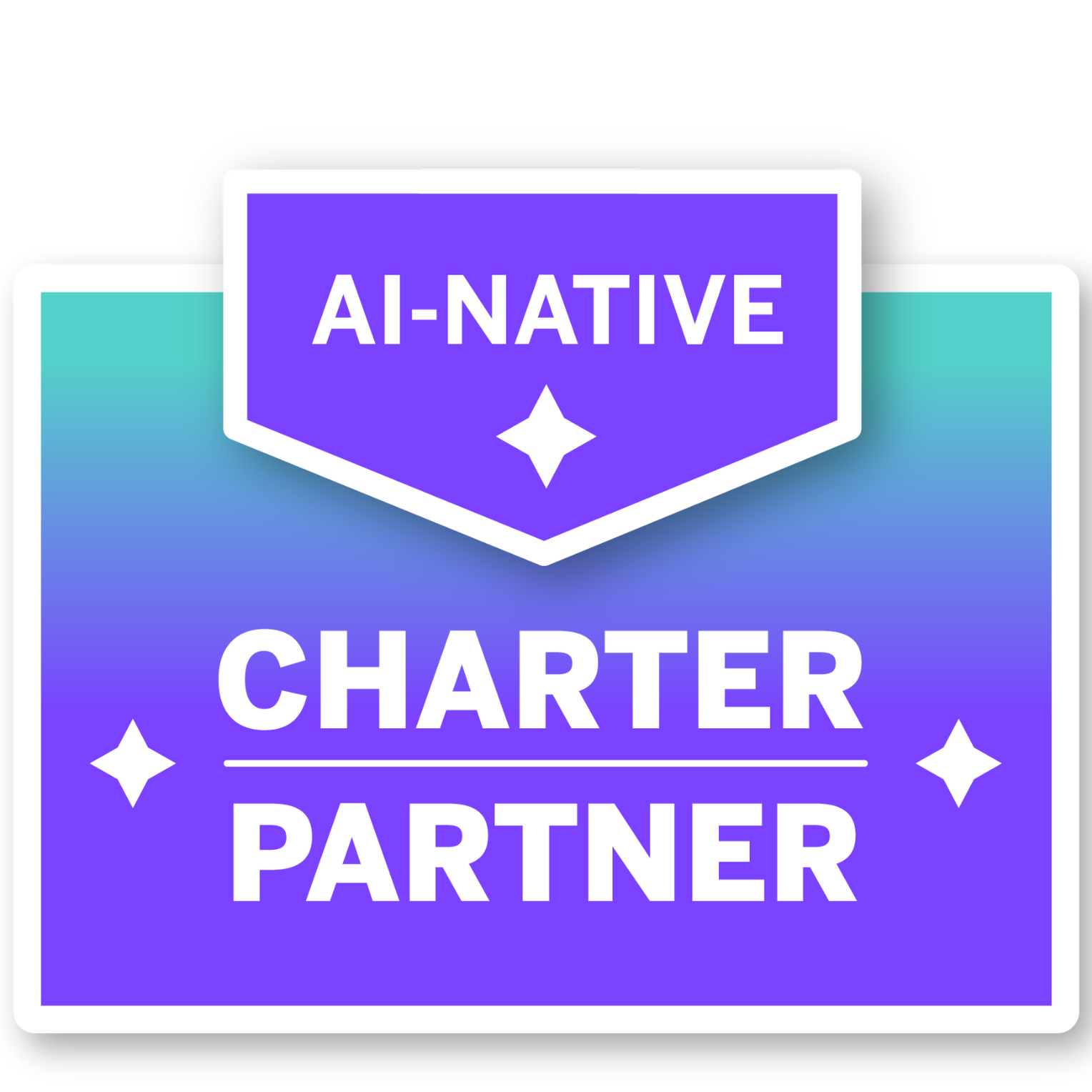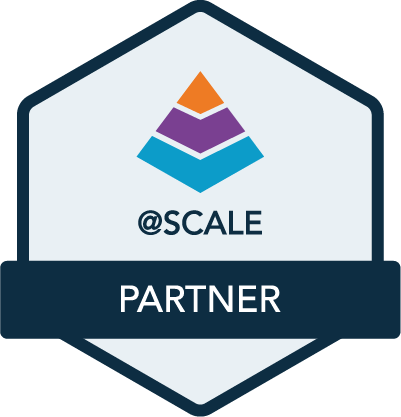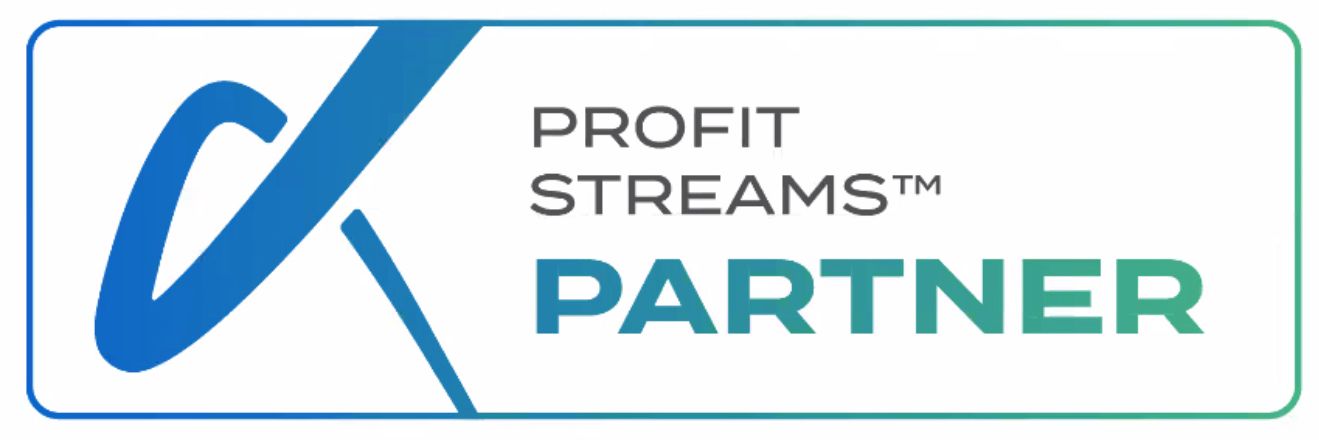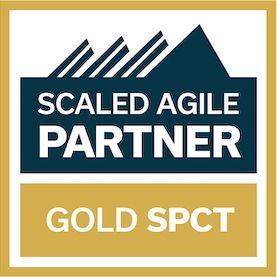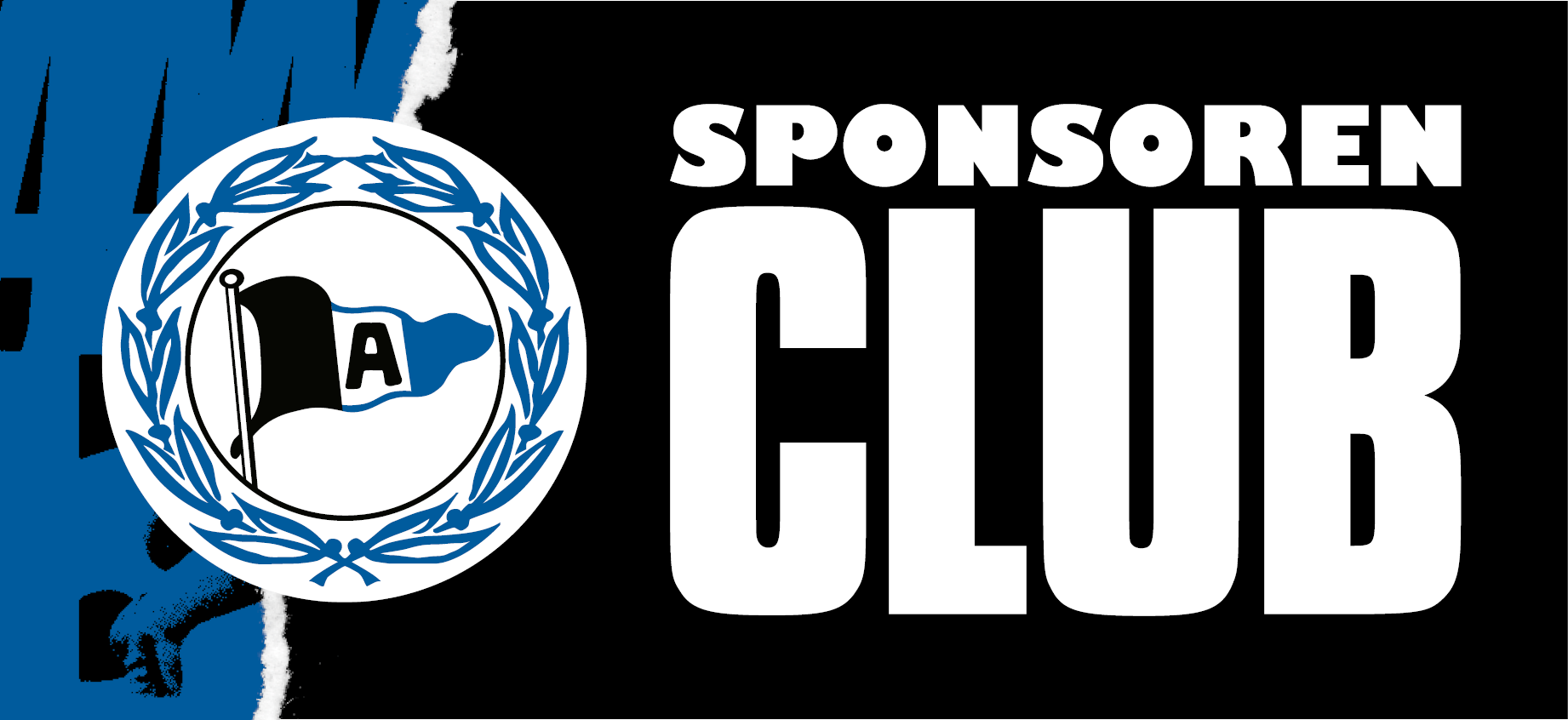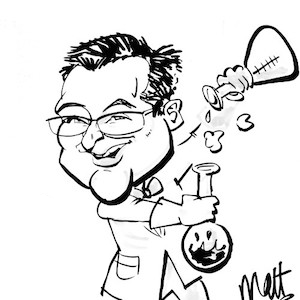
Ian Spence
Scagilize Network Partner (Trainer & Consultant), Advisor & SAFe Fellow
The independent thinker and SAFe Fellow has co-authored a number of popular books. For Scagilize, he regularly writes down his thoughts and insights all around the world of SAFe
Ian Spence on:
"Where does the Business Agility Value Stream fit into my Business?"
I was talking to a colleague about SAFe® version 6 and they raised the following issue:
“I’d finally got my head around Development and Operation Values Streams in SAFe but now they’ve introduced this new Business Agility Value Stream I’m just getting confused all over again”.
I thought for a short while and then replied,
“It’s actually quite simple, Portfolios are to the Business Agility Value Stream as Agile Release Trains are to the Development Value Stream.”
Agile Release Trains and Development Value Streams
So, what is the relationship between Agile Release Trains (ARTs) and Development Value Streams?
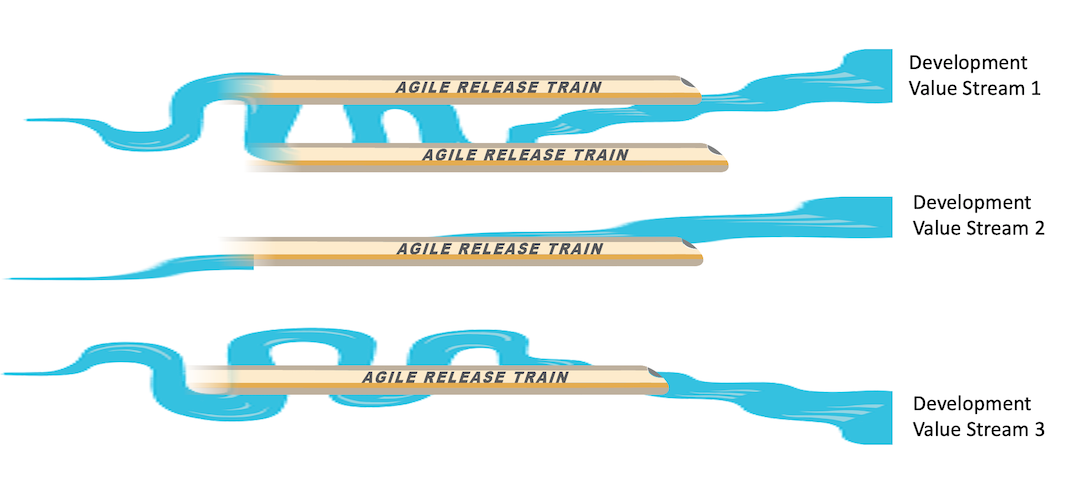
Simply put, we form ARTs to bring people together from across our organization to support and improve our Development Value Streams. The goal is to set up a dynamic Value Stream Network made up of the Agile Release Trains and the Agile Teams that form them. It’s nice to think that just because we have cross-functional agile teams that we have organized around value and become stream aligned (as shown in Figure 1).
As SAFe optimistically states “Each Development Value Stream creates one or more Agile Release Trains (ARTs) with a shared business and technology mission”. But sadly the result, as I’ve seen in many organizations that have been struggling to get any benefit from their agile transformations, is often more like Figure 2.
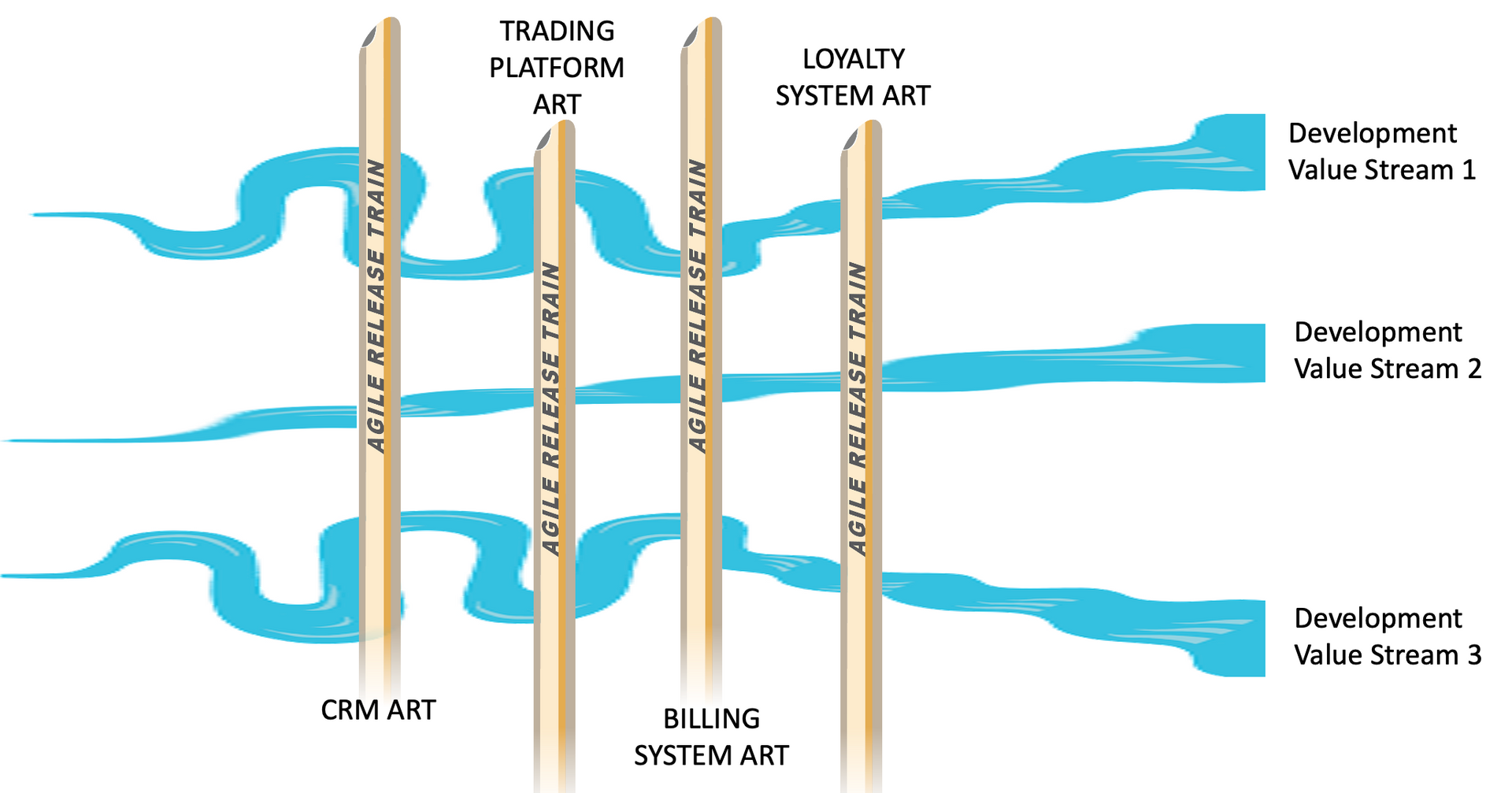
Here the Agile Release Trains have been set up to be in opposition to the flow of value. In fact, I have visited many so-called agile development organizations where they employ special ‘business consultants’ to break up the business’s Feature Requests into multiple “Product Features” to insert into their teams’ backlogs.
The bottom line is that well-formed ARTs align seamlessly with, and point in the same direction as, the Development Value Streams they support. Its thinking about the Development Value Streams that helps you to understand whether or not you have well-formed trains. In fact, this is reflected in the general advice to set up your ARTs as best you can and then extend and grow them to take on more and more of the work in the value streams they support.
Portfolios and Business Agility Value Streams
So, is there, as there is for ARTs, a way to identify if a portfolio itself is well-formed and organized around value; and if it isn’t, to encourage it to grow and evolve until it is?
Yes, and it’s to use the Business Agility Value Stream to assess and grow your portfolios.
In SAFe a portfolio is intended to be a collection of Development (and occasionally Operational) Values Streams, but in reality many organization’s portfolios are just arbitrary groupings of ARTs (large agile development teams) and Epics (that are often just re-branded projects, and programs). They are supposed to be self-organizing, self-directing decision-making profit centres, but they are often just an administrative management function supervising cost centres to deliver other people’s initiatives with no authority to launch new initiatives or cancel anything already started.
Figure 3 shows a fairly traditional portfolio structure that I witnessed at a number of organizations over the years, one that often survives the organizational adoption of Lean and Agile practices.

A well-formed portfolio will be fully aligned to the Business Agility Value Stream. It will cover all the steps and have the power to be transformative in the way that its value streams deliver value. Figure 4 shows the steps in the Business Agility Value Stream and illustrates the situation faced by the IT portfolio at an organization I visited recently.
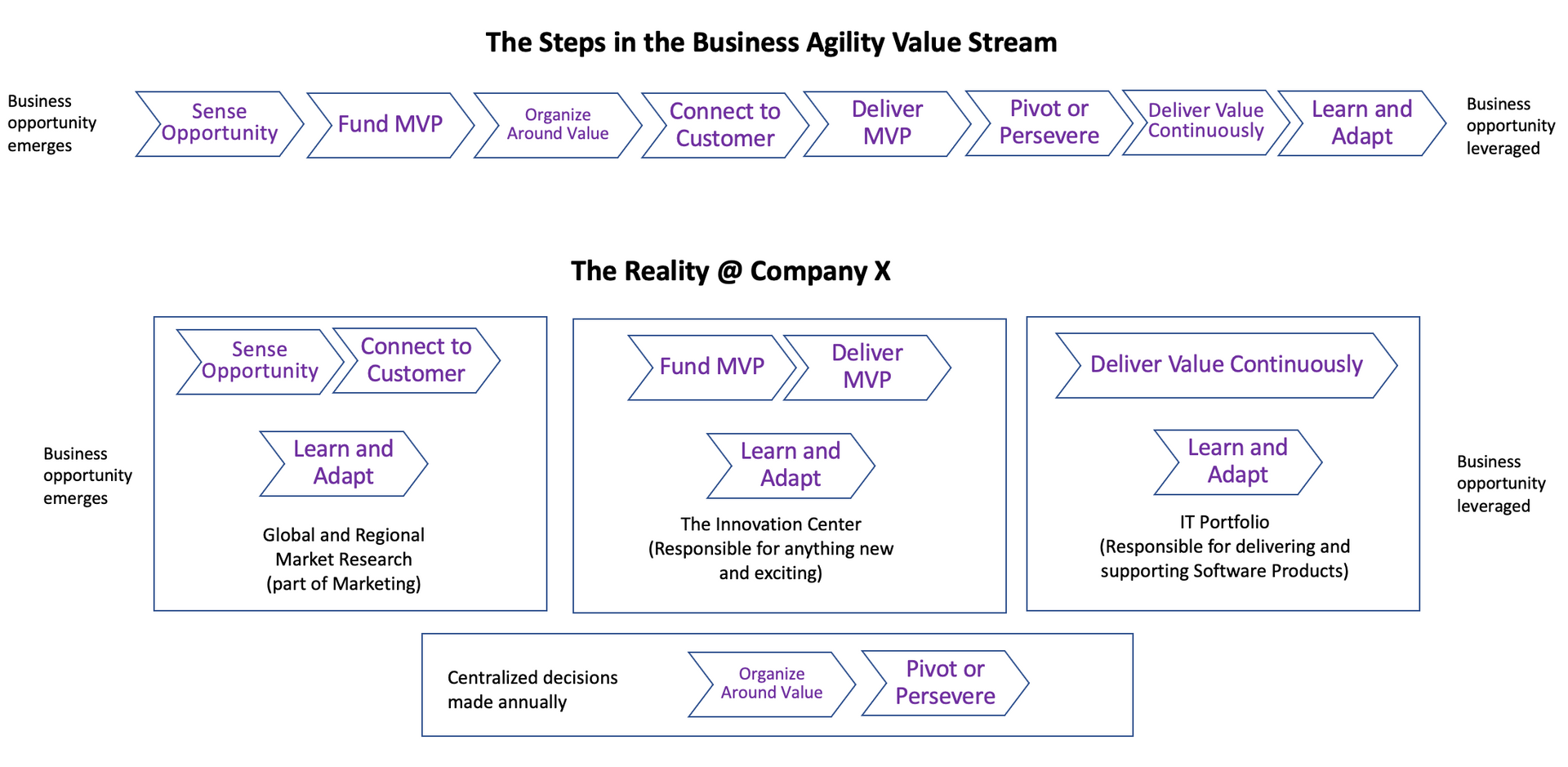
In this case, the whole organization was already using agile practices in each area (including the Market Research Group). The IT Portfolio was using SAFe and was starting its LPM journey to better connect strategy and execution but, although it is a collection of mature Development Value Streams and benefiting from adopting Lean and Agile practices, it is a long way from supporting the full Business Agility Value Stream. As the organization itself moves towards business agility it will hopefully reduce the amount of centralized planning and decision making and reorganize itself to better support the Business Agility Value Stream breaking down its current set of agile silos.
Wrap Up
So, there is clearly a key role for the Business Agility Value Stream to play in the transition to full business agility and in the setting up of effective Portfolios.
In the same way that identifying and understanding your Development Value Streams will help you to self-organize and set up well-formed ARTs, identifying and understanding your Business Agility Value Streams will help you to set up effective Lean and Agile Portfolios.
And, yes, it is a third type of Value Stream and one that is an essential part of any mature, effective Value Stream Network.
References
For more information on the Business Agility Value Stream see Scaledagileframework.com/business-agility
SAFe® and Scaled Agile Framework® are registered trademarks of Scaled Agile, Inc.




